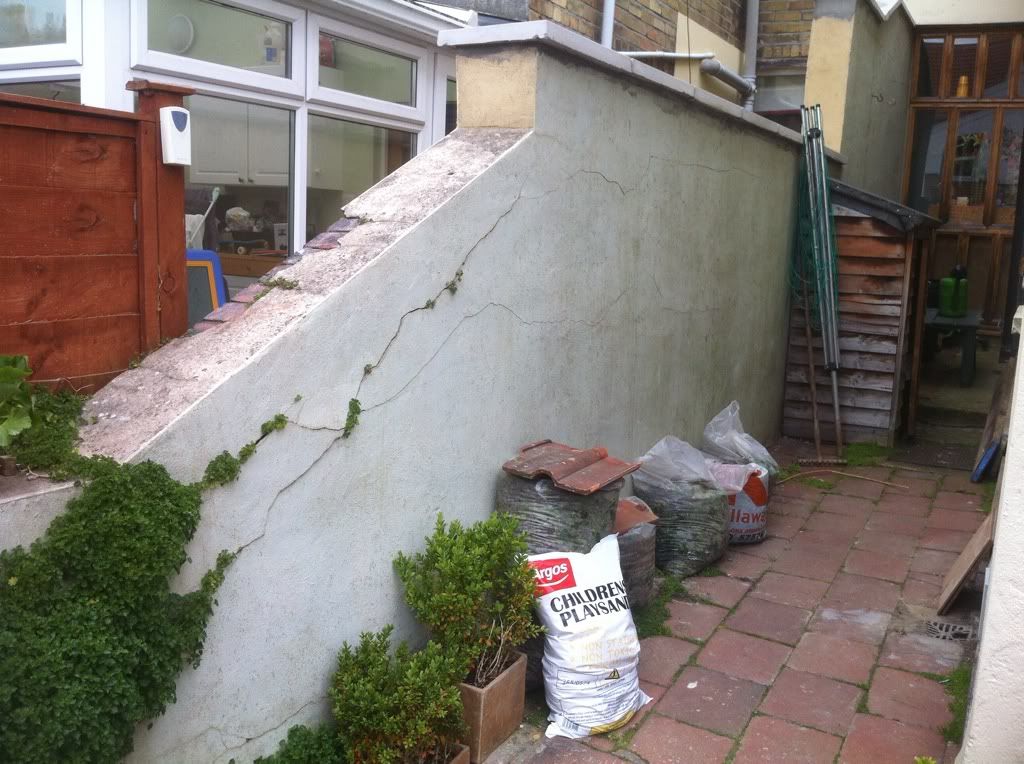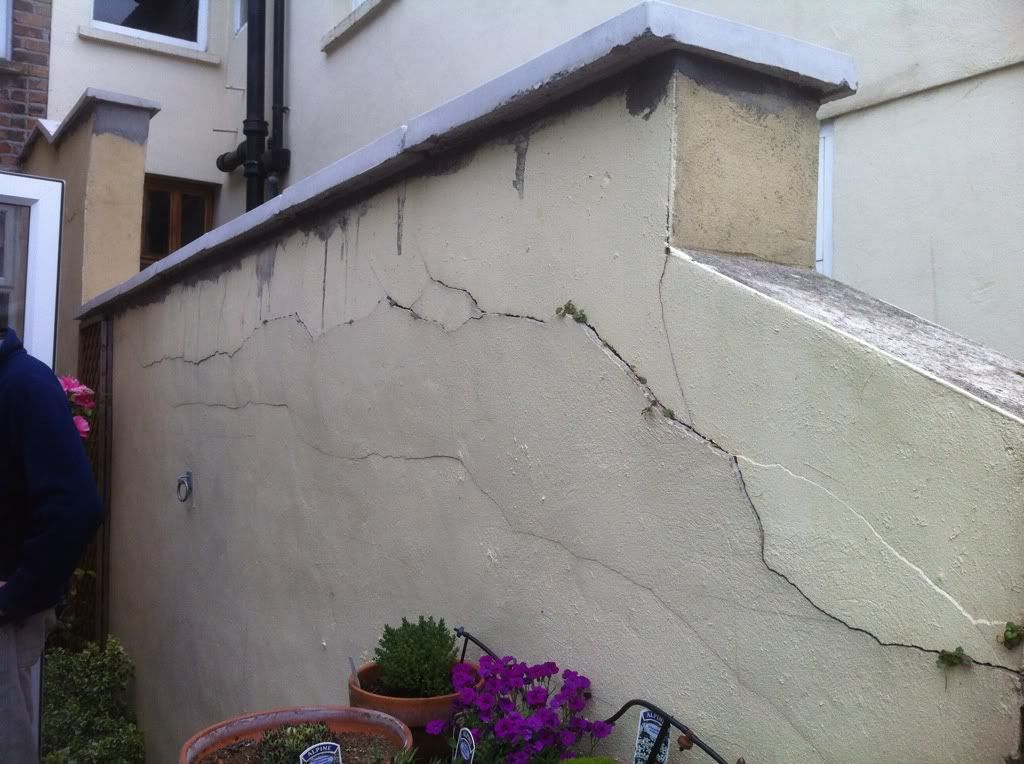FreeD
Private Member
Ok so I had a look a a job today, garden wall, most of the render is shot on it.
The wall was originally built with lime mortar, in my opinion shouldn't be rendered with sand and cement.
So what are my options - I was think hack off render..re point with lime...or hack of render - render with lime
Any advice appreciated.
The wall was originally built with lime mortar, in my opinion shouldn't be rendered with sand and cement.
So what are my options - I was think hack off render..re point with lime...or hack of render - render with lime
Any advice appreciated.





